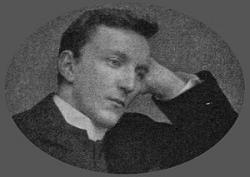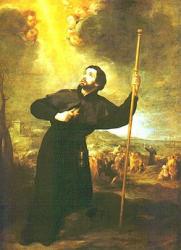1813 - 1875 Hymnal Number: 278 Author of "Thy Broken Body, Gracious Lord" in Hymns to the Living God Tregelles, Samuel Prideaux, LL.D., born of a Quaker, was born at Wodehouse Place, Falmouth, Cornwall, Jan. 20 (sometimes dated Jan. 30), 1813, and educated at the Falmouth Grammar School. From 1838 to 1844, he was employed in the Neath Abbey Iron Works. In 1836 he became a private tutor in Falmouth. His deep interest in biblical studies developed in an earnest desire to produce the most perfect edition of the Greek Testament it was possible to publish. The first specimens of his work were published in 1838, and the first instalments of his task for public use, in 1844. His Greek Testament thus begun was published in parts, Pt. vi. appearing in 1872. The work was hindered by his two attacks of paralysis (1861 and 1870); and the Prolegomena had to be added by Dr. Hort and A. W. Streane in 1879. Dr. Tregelles received a Civil List Pension for some years. He was one of the Revisers of the New Testament, but ill-health prevented him from taking an active part in the work. He died at Plymouth April 24, 1875. His hymn-writing began, so far as we can gather, before 1837, and extended to 1861 or later. The earliest were published in the Plymouth Brethren's Hymns for the Poor of the Flock, 1838; their Psalms, Hymns, and Spiritual Songs, 1842; and their Few Hymns and some Spiritual Songs, selected, 1856. Some also were contributed to Dr. P. Maurice's Church of England Choral Hymn-Book, 1861, in which they are marked as having been supplied in "MS." Some of those so marked were, however, in print before.
His hymns now in common use include the following, the date of each as given being that of the collection named in which it appeared:—
1. Father, we Thy children bless Thee. Thanksgiving for Divine Mercies; and the Second Advent (1838). In the Few Hymns of 1856, st. iv., v. were given as No. 310, "Father, 0 how vast the blessing."
2. Holy Saviour, we adore Thee. The Second Advent desired (1838).
3. Lord Jesus, we believing. Peace in Jesus (1861).
4. 0 God of grace, our Father. Praise for Meeting Grace (1856).
5. 0 look not on the Cross of Christ. Christ the One Oblation (1861).
6. The gloomy night will [shall] soon be past. Heaven anticipated (1842).
7. Thou God of grace, our Father. Praise for Meeting Grace (1838).
8. Thou, Lord of all, on earth hast dwelt. Passiontide (1861).
9. Thou, 0 God, Thy love commendest. Complete in Jesus (1861).
10. Thy Name alone, O Lord, we own, Jesus, our Strength and Safety (1861).
11. Thy Name we bless, Lord Jesus. Jesus, the Name over all (1838).
12. 'Tis sweet, 0 God, Thy praise to sing. The Sacrifice of Praise (1861).
13. 'Tis sweet to think of those at rest. The Dead in Christ; or, All Saints (1842).
14. 'Twas the Holy Ghost who taught us. Passiontide (1841 Appendix to Hymns for the Poor of the Flock).
15. Worthy the Lamb is now the song. Communion of Saints (1861).
The use of Dr. Tregelles's hymns is mainly confined to the Plymouth Brethren; and taken as a whole they are marked by no striking features of excellence.
-- John Julian, Dictionary of Hymnology (1907)
Samuel P. Tregelles


